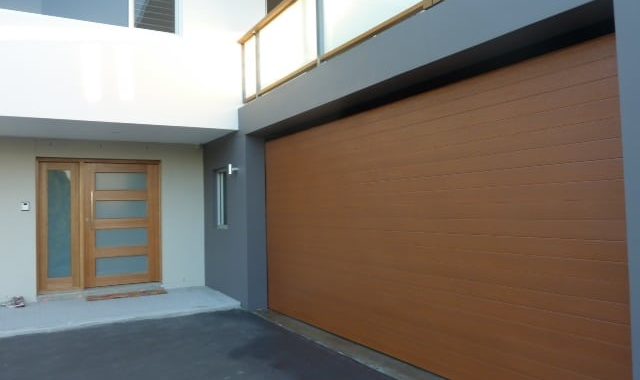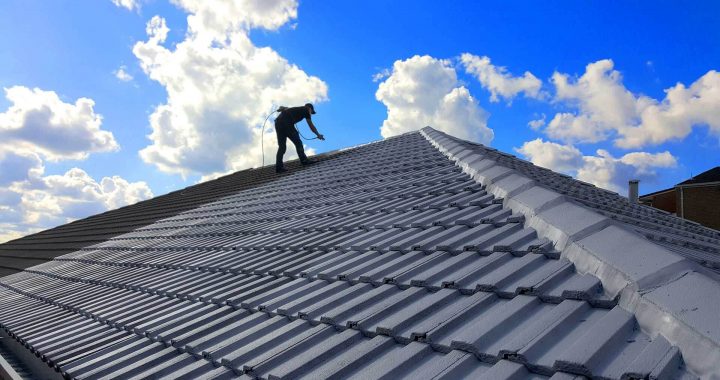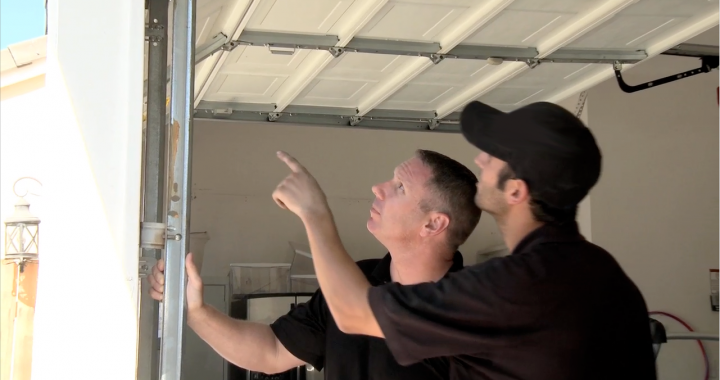7 Garage Doors Maintenance Tips
4 min read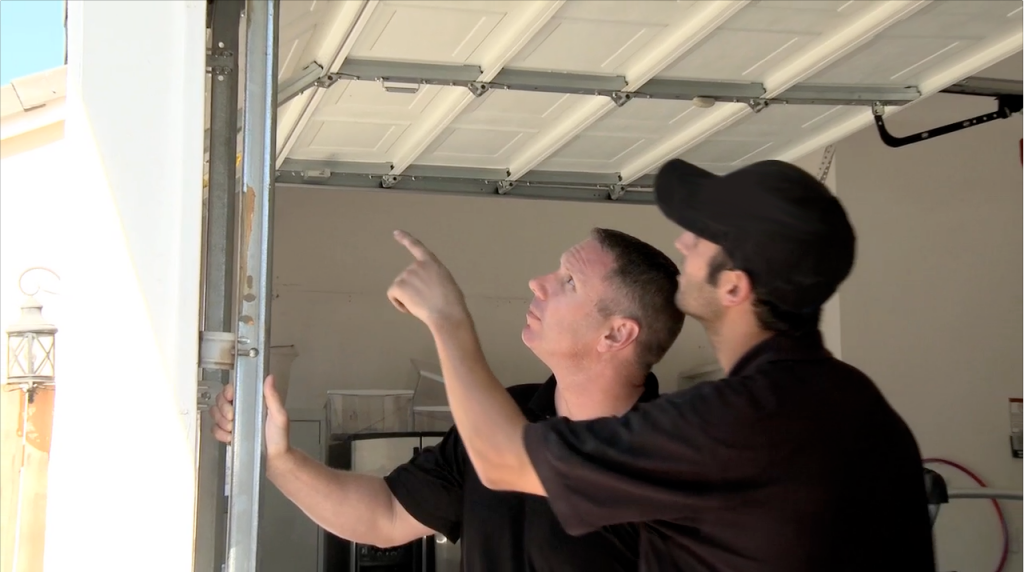
Your garage door goes up and down around 1,500 times each year. It’s conceivable the biggest moving part in your home. Furthermore, the more something moves, the more likely it is for a piece to fall out of place or wear out after some time. Fortunately, regular maintenance for garage doors is basic and compelling. Making a couple of simple steps can assist you prolong the life of your garage door and may prevent the need for repairs down the line.
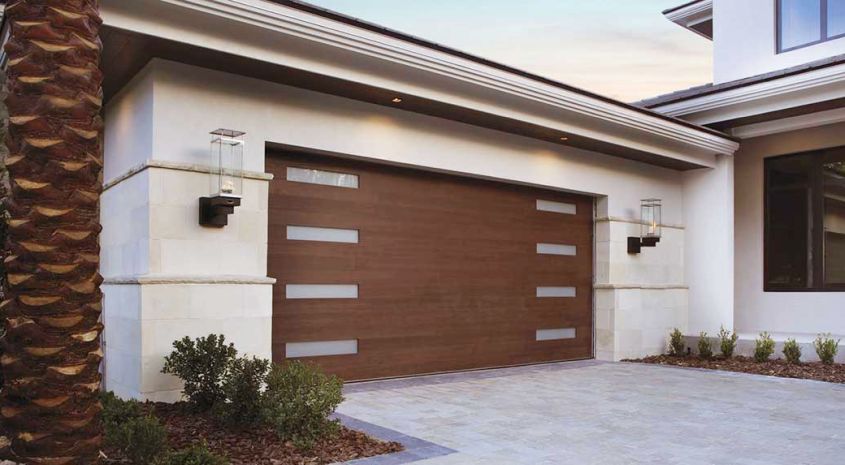
Grease, checking security highlights and other regular maintenance task can protect your garage door and your family. While most repairs are best left to an expert, taking a look can help you to realize when to call a garage door professional.
It’s ideal to perform garage maintenance at least once every year. You can time it with different activities, for example, washing your vehicle, getting your lawnmower out of storage or other occasional housework. At whatever point you interact with your garage equipment, make sure to detach the door opener, so the garage door doesn’t move while you are working on it.
Here are some activities to do during your annual garage doors check-up:
1. Tune in and Watch the Door in Motion
The initial step of garage door maintenance is to operate your door and tune in for any sounds. You may hear scratching, crushing or shaking. These sounds can disclose to you a particular part is exhausted or needs fabrication. A well-maintained garage ought to be quiet.
You’ll additionally need to search for any jerky movements. Look at the two sides of the door to check whether the springs, pulleys and links are even. If anything appears to be strange, or you see irregular movement, it might be an indication that something isn’t right.
While looking and listening are great initial steps for your garage maintenance, they’re also easy to perform during the time at whatever point you operate your garage.
2. Clean and Check the Tracks
The tracks, situated on either side of the garage door along the divider, ought to be completely straight. You can utilize a level to guarantee that they are opposite to the floor. However, if you discover anything strange, call a garage door expert.
You can clean the tracks yourself by spraying brake or carburetor cleaner to eliminate dirt and garbage. Try not to utilize a grease on the tracks, as the slipperiness can dislodge the rollers. While you’re cleaning, find any indications of rust.
3. Tighten the Hardware
The vibration that accompanies ordinary movement can make parts become free after some time. You can inspect and fix rollers, jolts and pivots with a socket wrench.
4. Check the Rollers
The rollers, which append the garage door to the track, should be replaced now and then. Check every one and search for any that are worn, broken or chipped. If multiple need to be replaced, it is presumably an ideal opportunity to call an expert to replace all the rollers.
5. Grease up All Moving Parts
Regular lubrication keeps your garage door moving smoothly, and decreases the pressure set on the pieces of your garage. Rollers and hinges ought to be greased up a couple of times each year. You can do this by spraying a silicone or white lithium lubricant on each hinge and roller, and clearing off the excess. It’s fundamental to eliminate the additional oil since this oil can attract dirt.
However, don’t grease up nylon rollers. While metal rollers can do with a touch of oil, the synthetics in many lubricants may wear out the nylon.
If you have an augmentation spring opener, you ought to likewise grease up your garage’s pulleys. For a twist spring opener, grease up the course. If you notice the twist spring is corroded, you can wipe it down with some oil using a cloth. You may likewise need to grease up the garage door opener’s chain or screw. You won’t have to lube a belt-drive opener.
6. Test the Counterweight
At the point when your door isn’t adjusted effectively, it will still go up and down, however the opener will be doing a greater amount of hard work. For this situation, the opener may wear out sooner. While you should never attempt to fix anything related to the garage’s stabilizer or spring system yourself, you can test to ensure it is working.
With your garage door shut, locate the red delivery rope on your programmed garage door opener and release it. At that point, manually lift the garage doors and plug halfway up. The door should remain set up after you let go. if it drops down, you should call an expert garage doors specialist.
7. Test the Safety Features
Your garage doors has two highlights that cause the door to revert directions if something disrupts in the way. One is a pressure sensor, and the other is a photoelectric framework with an eye sensor on both sides of the door.
To test the pressure sensor, place a bit of wood or block underneath your open garage door, and initiate the opener. The door should turn around its bearings when it hits the object. To test the photoelectric framework, operate your garage door and pass a brush head underneath the door. At the point when the brush breaks the laser way between the different sides of the door, the door ought to return up.
If your garage doors is particularly old, it might not have any security systems set up. Since most municipal codes require them, it’s an ideal opportunity to begin looking for another garage door.
Read also: Smart home automation : Do you know the best Benefits?
